1. Induction Cooktops
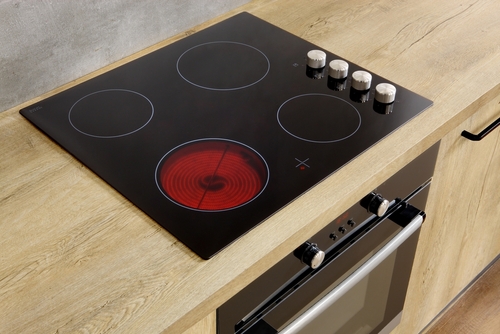
Induction cooking is efficient and precise, but it demands specific cookware. That means many people have to replace pots and pans just to use it. The smooth surface scratches easily, and repairs can be costly. It also makes traditional techniques like charring or flambéing nearly impossible.
For casual cooks, the learning curve can be surprisingly steep. The sensitivity of the sensors sometimes causes burners to shut off mid-cook. And while cleaning is easier, finding compatible cookware remains a hassle. It’s modern cooking that’s sometimes too smart for its own good.
2. Smart Home Devices
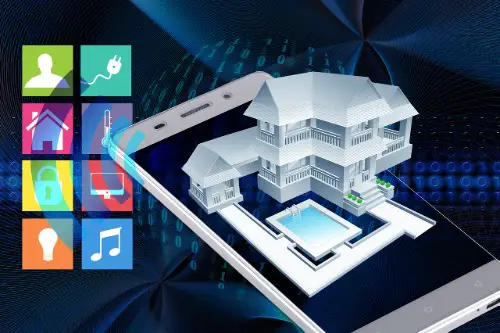
Smart home gadgets promise to simplify life, but sometimes they just overcomplicate things. A simple light switch now requires Wi-Fi, an app, and a firmware update to function properly. When they work, they’re great — but when they don’t, you’re left troubleshooting instead of relaxing. Plus, compatibility issues between different ecosystems can make even basic tasks frustrating.
The irony is that something designed for convenience can feel more like IT work. Your light bulbs shouldn’t stop working just because your router rebooted. Many people also worry about privacy, since these devices often collect usage data. The convenience becomes less appealing when your “smart” speaker stops responding mid-command.
3. Stainless Steel Appliances
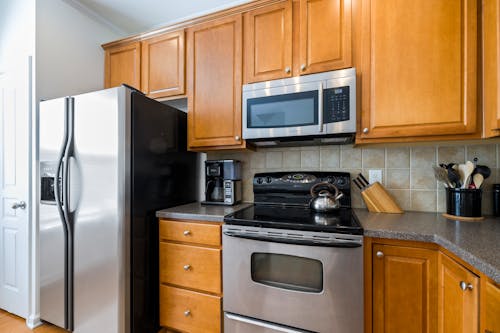
Stainless steel looks sleek and modern, but it’s a magnet for fingerprints, smudges, and scratches. Many homeowners spend more time cleaning their fridges than actually cooking. It shows every speck of dust, especially under bright kitchen lighting. And those fancy “smudge-proof” finishes don’t always deliver.
The maintenance burden often outweighs the aesthetic reward. Stainless steel also dents easily, and repairing it can be expensive. It’s ironic that a material chosen for durability can feel so delicate in daily use. What once symbolized modern luxury now just feels high-maintenance.
4. Oversized Kitchen Islands
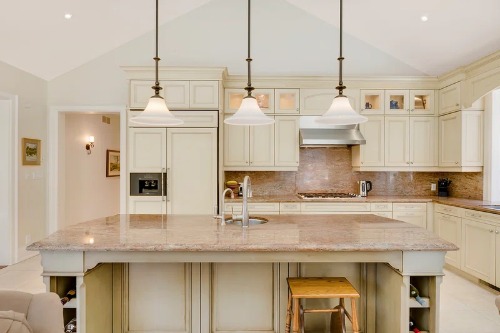
Huge kitchen islands became a design must-have, but they’ve also made kitchens harder to navigate. They take up space that could’ve been used for better flow or storage. Reaching outlets or cleaning around them can be inconvenient. And when you need to entertain, it often becomes a clutter magnet.
These oversized slabs also encourage more “stuff” to live on the counter—mail, devices, decor, and dishes. They’re meant to be social hubs, but often just separate cooks from guests. In smaller homes, they even make kitchens feel cramped. Sometimes, less counter really does mean more comfort.
5. Digital Thermostats
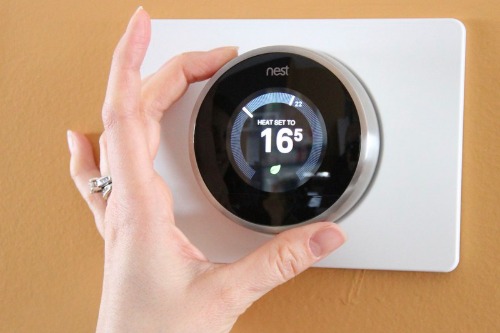
Programmable and smart thermostats sound energy-efficient, but they can be confusing to operate. Many users never actually program them correctly, negating any savings. When they connect to Wi-Fi, they’re vulnerable to glitches or updates that change settings unexpectedly. And when they go offline, manual controls aren’t always intuitive.
Instead of just turning a dial, you’re now scrolling through menus or apps. A minor temperature tweak becomes a mini tech project. Some models even “learn” your habits but misinterpret your preferences. What was supposed to make heating effortless can end up wasting energy—and patience.
6. Wall-to-Wall Windows
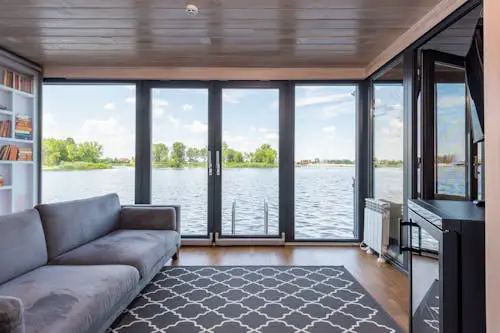
Expansive windows flood homes with light, but they come with tradeoffs. They often overheat rooms in summer and lose warmth in winter. That means higher energy bills and more wear on HVAC systems. Plus, cleaning those floor-to-ceiling panes isn’t anyone’s idea of fun.
Privacy also becomes tricky—every sunset turns your living room into a fishbowl. Curtains or blinds help, but they undermine the open, modern look that drew people in. Glare on screens can make working or watching TV difficult. Beauty meets impracticality in a very literal sense.
7. Walk-In Showers
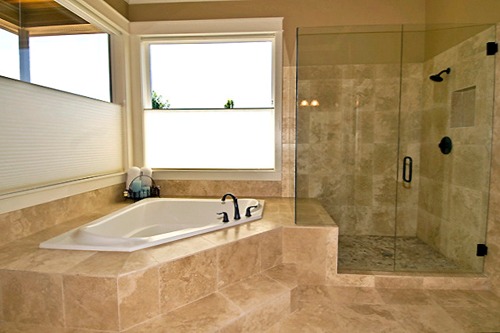
Walk-in showers with no doors or thresholds look luxurious in photos. But in practice, they often splash water everywhere. That means more daily cleaning and potential mold issues in grout and corners. Without proper slope or drainage, puddles linger long after the shower ends.
They also make bathrooms colder, since there’s no enclosure to trap steam. The minimalist design can feel less cozy, especially in colder climates. Maintenance and safety often outweigh the visual appeal. Sometimes, a good old-fashioned shower door is the smarter choice.
8. Open Shelving in Kitchens
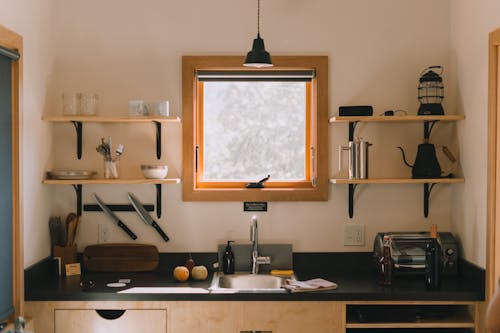
Open shelving is photogenic and trendy, but it’s far less practical than it looks. Every dish and glass is exposed to dust and grease, especially near stoves. Keeping those shelves styled and tidy becomes a constant chore. And heaven help you if your dishes don’t match.
What’s meant to look “effortlessly lived-in” often feels cluttered instead. It also reduces storage flexibility—bulky appliances don’t fit neatly into the aesthetic. Some homeowners end up adding more closed storage just to stay sane. Open shelves might be great for a photo shoot, but not for everyday life.
9. Minimalist Storage Solutions
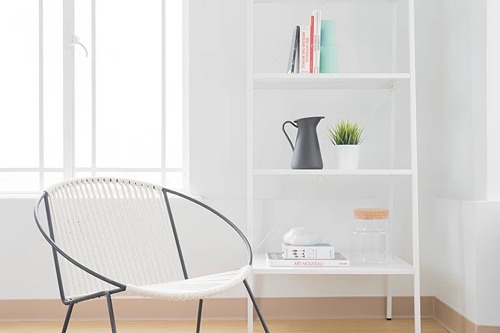
Minimalism promotes simplicity, but in practice, it often means not enough storage. People still have things, and forcing everything into hidden compartments isn’t always realistic. Clutter just migrates to closets or countertops instead. It creates a constant battle between aesthetics and practicality.
The problem is that real life requires space for real stuff—seasonal clothes, cleaning supplies, tools. Without proper storage, even neat people end up feeling disorganized. The sleek look hides the stress of constant tidying. A lived-in home sometimes needs more drawers, not fewer.
10. Giant Soaker Tubs
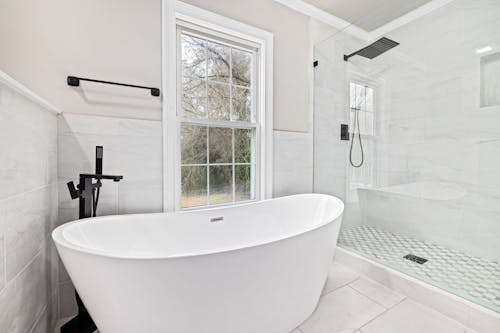
Freestanding soaker tubs photograph beautifully but are rarely used. They take up a huge amount of space that could go toward a larger shower or storage. They’re also heavy, often requiring floor reinforcement. And filling them wastes water and energy.
Many homeowners realize they prefer quick showers to long baths anyway. The tub becomes a decorative relic—pretty, but impractical. Cleaning around and underneath them can be awkward, too. It’s a lot of trouble for something that’s mostly for show.
11. Built-In Tech in Furniture
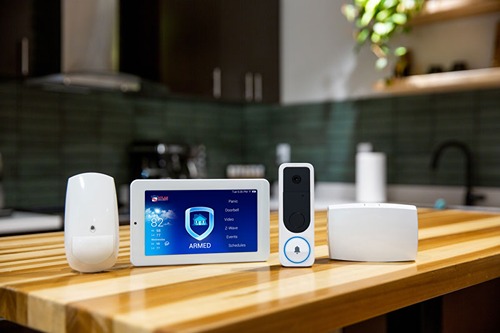
Desks with wireless chargers or couches with USB ports seem futuristic—until they stop working. Once the tech fails, you’re stuck with an awkward piece of furniture you can’t repair easily. Electrical components also date quickly, making the item feel obsolete. And charging standards change faster than furniture lasts.
What starts as a convenience ends up as e-waste in disguise. It’s easier and cheaper to replace a standalone charger than a whole desk. These hybrids often blur the line between appliance and decor, which sounds clever but ages poorly. Sometimes, separation is smarter design.
12. Open-Concept Living
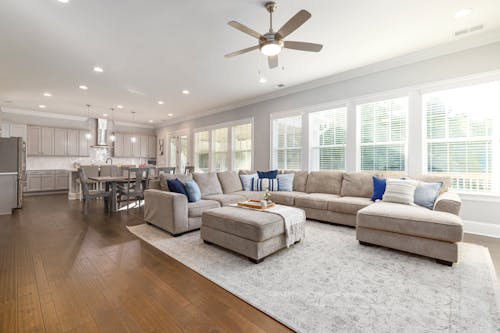
Open-concept homes are stylish and social, but they’ve created new problems for comfort and practicality. Without walls to block sound, the noise from one activity—like cooking—spreads everywhere. It’s hard to focus when the blender and TV are competing in the same space. Plus, smells from the kitchen travel freely, too.
While these layouts make small spaces feel airy, they can be hard to heat or cool efficiently. Energy costs often rise because there’s less control over air flow. Privacy also takes a hit, making multitasking tricky when someone’s working from home. What looked breezy on design shows often turns chaotic in real life.
13. Tiny Laundry Rooms
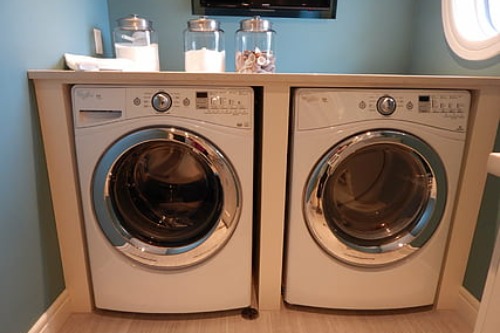
Stacked or hidden laundry units save space but make chores harder. Folding clothes in a cramped area feels like a balancing act. Ventilation is often poor, leading to humidity issues or lint buildup. And when something breaks, service technicians have a hard time reaching it.
The design trend favors aesthetics over function—tucked-away laundry looks neat but works poorly. Narrow doorways make moving machines nearly impossible. The lack of counter space means laundry piles up elsewhere. It’s a reminder that form should follow function, not fight it.
14. Voice Assistants
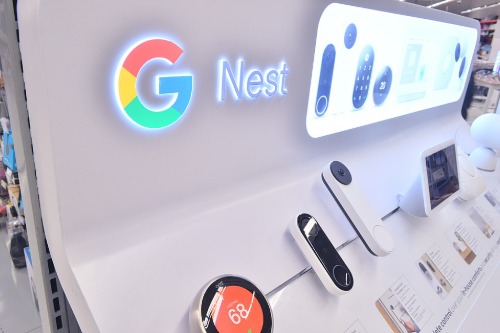
Voice assistants like Alexa and Google Home promise hands-free convenience, but they introduce new frustrations. Misheard commands can trigger the wrong actions or none at all. They also rely on cloud services, so outages leave them useless. And privacy concerns linger over what these devices are really listening to.
Instead of simplifying routines, they often multiply them—requiring updates, re-linking, or verbal precision. Children and guests can accidentally trigger unwanted actions. Even turning on the lights can become a guessing game of phrasing. The line between convenience and complication has never been thinner.
15. Touchscreen Controls on Appliances
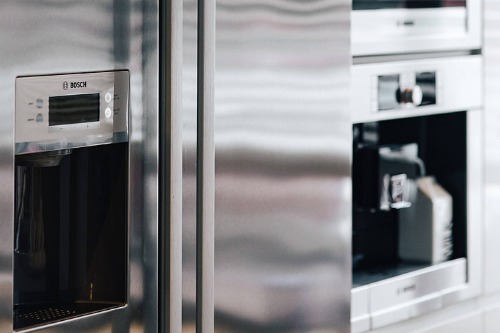
Touchscreen panels look sleek and futuristic, but they’re often less practical than old-fashioned knobs. Greasy fingers and water splashes can cause screens to freeze or misread commands. When the interface fails, even simple tasks like starting the oven become complicated. And unlike buttons, touchscreens offer no tactile feedback, making adjustments harder mid-cook.
They also tend to age poorly—software updates can glitch, or the screen can crack, rendering the appliance useless. Replacing or repairing these panels costs far more than mechanical parts ever did. In the pursuit of modern style, usability took a back seat. Sometimes, turning a real dial just works better.
16. Tankless Water Heaters
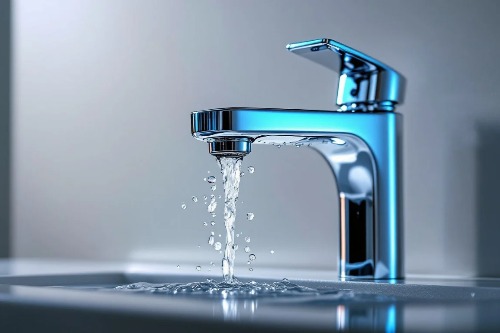
Tankless systems promise endless hot water, but they often deliver uneven temperatures instead. When multiple taps run, the flow can fluctuate unpredictably. They also demand higher installation costs and regular maintenance to prevent mineral buildup. And if the power goes out, so does your hot water entirely.
While they save space, their performance isn’t always worth the tradeoff. Homeowners often underestimate the complexity of setup and servicing. It’s another example of efficiency that’s too dependent on ideal conditions. The dream of “instant hot water” can feel more like an engineering experiment.
17. Built-In Refrigerators
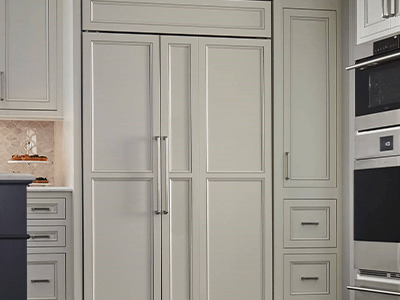
Built-in fridges create that seamless, designer kitchen aesthetic everyone wants. But they’re smaller inside, harder to repair, and far pricier to replace than standard models. Fitting them perfectly into cabinetry also restricts ventilation, which can shorten their lifespan. And once one fails, finding an exact replacement size can be a nightmare.
Their clean look hides a world of maintenance issues. A service call often requires removing panels or counters, adding hours of labor. Even simple troubleshooting turns into a construction project. The design looks effortless—but living with it rarely is.
18. Automated Blinds and Shades

Motorized blinds promise effortless light control, but they add new layers of complexity. When the motor jams or loses power, the shades can get stuck halfway. Syncing them to smart home systems often means dealing with buggy apps or poor Wi-Fi signals. And battery replacements are needed more often than most people expect.
They also remove the immediate control of a simple cord or wand. A quick tug becomes an exercise in programming or troubleshooting. Some models are noisy or slow, breaking the illusion of convenience. The result is another smart upgrade that feels strangely inefficient.
19. Under-Cabinet Lighting
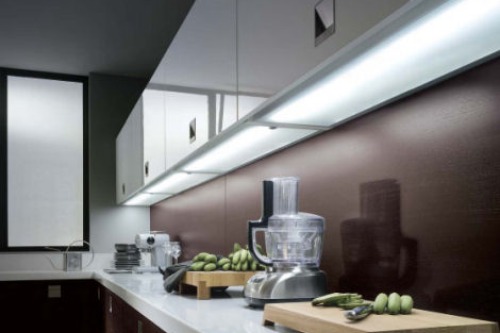
Under-cabinet lighting looks polished and functional in design photos, but it’s not always easy to live with. The fixtures collect dust and grease, especially near cooking areas. Replacing burned-out bulbs or faulty LED strips can be tedious and costly. And when connected to dimmers or sensors, they sometimes flicker unpredictably.
What’s meant to add warmth can instead highlight every imperfection on countertops and walls. Wiring them neatly requires forethought during installation, leaving little room for upgrades later. The aesthetic payoff doesn’t always justify the upkeep. In many kitchens, a simple overhead fixture still does the job best.
20. Floating Vanities
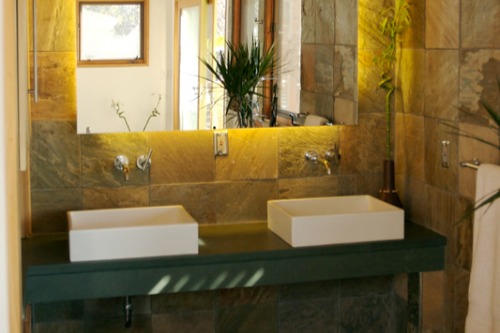
Floating vanities look sleek and make bathrooms feel bigger, but they complicate cleaning and installation. The exposed space underneath collects dust, hair, and water splashes that are hard to reach. They require precise wall mounting, which isn’t ideal for every plumbing setup. And if the support isn’t strong enough, the vanity can sag or pull away over time.
They also limit storage, forcing homeowners to find space elsewhere. The minimalist look sacrifices drawers and cabinets for empty air. What’s stylish in a magazine can be frustrating in real life. Sometimes, the extra legroom just isn’t worth the extra maintenance.
21. Keyless Entry Systems
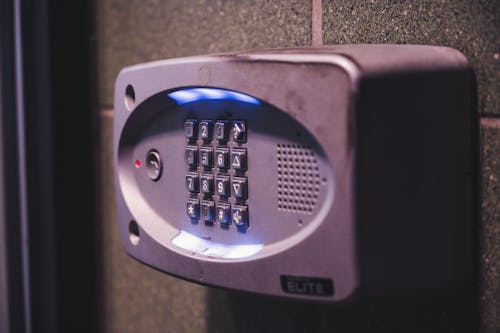
Keyless locks feel futuristic, but they introduce their own headaches. Dead batteries, software bugs, or lost access codes can lock you out of your own home. They also rely on connectivity that can fail during outages or app malfunctions. And many models are more expensive to repair than traditional locks.
Security concerns add another layer of stress—hackers and signal intercepts are modern threats keys never faced. Sharing access with guests or family can mean juggling multiple apps or permissions. What was meant to simplify entry can end up complicating it. In the end, a sturdy key still feels more reliable than a digital passcode.
This post 21 Modern Conveniences That Accidentally Made Homes Harder to Live In was first published on Greenhouse Black.
